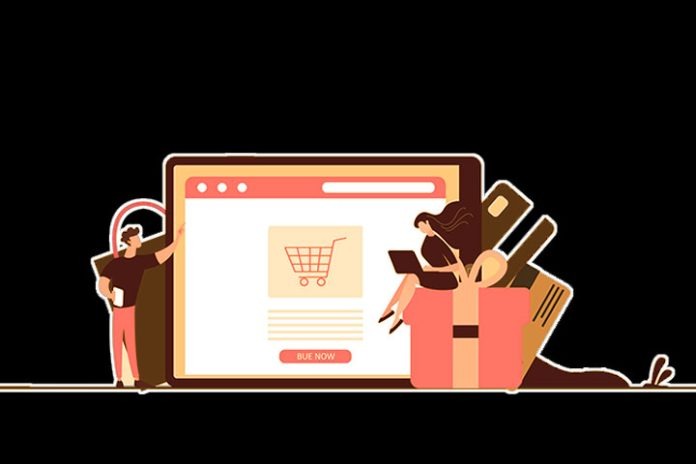Marketing automation is playing an increasingly important role in eCommerce. But how can online shops best utilize the potential? Here are five sensible approaches for marketing automation in eCommerce – including suitable examples.
Why marketing automation makes sense in eCommerce
Marketing automation has long been a concept in the B2B sector. From lead generation to clever lead scoring, everything is automated here. Terms like MQL and SQL are standard vocabulary.
However, marketing automation seems to be only slowly arriving in the eCommerce environment. This refers to all those automated processes that aim to increase sales or customer focus. For online shops, this often means increasing sales and conversions.
Automatic Online shopping automation can help keep customers happy and increase conversion rates significantly. In addition, they bring back lost customers, improve lifetime value, and help personalize the offer. And all this with little effort: once set up, the automation works all by itself!
No wonder more and more eCommerce companies rely on marketing automation. The following approaches show what this can look like in concrete terms – including suitable examples.
Also Read: Tips For Selecting The Best eCommerce Platform For An Online Store
Five ideas for marketing automation in eCommerce
Acquire new customers
The largest and usually most expensive area in eCommerce is acquiring new customers. Of course, If a user visits an online shop, they may still need to convert. Marketing automation can help in this area – in conjunction with content marketing. Online shops publish thematically relevant content that might interest users and use automation to develop visitors into customers.
The simplest form of such automation is retargeting ads. If a user visits a thematically related content post on a page and then leaves it, you can win them back using Google or Facebook Ads.
However, there are much more creative solutions to attracting new customers with the help of marketing automation. For example, imagine you run a flower shop. Many users still determine which flowers they can give to friends on certain occasions. You can use this for yourself. Under posts like “Which flowers to send for your birthday,” you provide a small generator. Users can use it to describe the person given the gift using selected questions and immediately receive suggestions about suitable types of flowers by email. The automation sends practical flower suggestions based on the previously selected answers. An added value for the user – and an advantage for you: You have the lead and can now continue to use it.
Automatic cross-selling and upselling
Every marketer knows about the purchasing power of existing customers. Anyone who has bought once in their online shop and is satisfied will buy again. You can take advantage of this with the help of automation. Cross-selling and upselling, in particular, work well in eCommerce. These mechanisms start in the sales funnel immediately after and shortly before the user makes a purchase.
Cross-selling and upselling means recommending other suitable products that might interest the customer. Possibilities for this are, for example:
- Automatically generated product bundles (“Often bought together…”)
- Automatic recommendations in the shopping cart (“customers bought the following products”)
- Upselling opportunities on the “Thank You” or “Checkout” page
- Suitable product recommendations by email after a certain period
While the first three options aim to increase the purchase volume of an order, recommendations via email ensure that customers become repeat buyers and thus increase the customer lifetime value. Automatism helps ensure that users receive suitable offers based on their first purchase. For example, if a customer has just bought a grill, you could later suggest charcoal or other accessories by email. Such recommendations usually have higher conversion rates.
Win-back campaigns
If a user has yet to purchase from you for a while, there is a risk of losing them forever. Automated win-back campaigns can help keep customers happy.
For example, certain customers could be automatically sent a discount code if they have visited product pages in the online shop after a certain period and then dropped out. A popular approach is bringing back shopping cart abandoners – the conversion rate here is often extremely good.
Collect customer feedback automatically
Reviews are of considerable importance for users’ purchasing behavior. Ensuring enough studies on the product pages is also very relevant for marketing. Automation can help here: After a certain amount of time, buyers are kindly asked to rate the product.
Loyalty campaigns
Like vouchers enclosed in shopping bags, digital emails can also work wonders if placed correctly. Automatically sent discount codes are a real conversion lever on special occasions such as birthdays or Valentine’s Day.
Automated loyalty campaigns for online shops are also worthwhile. The more often a customer buys and the higher the order value, the more likely you will reward them. Such regular customer campaigns are important because they bring you long-term sales. The movements can be set up using marketing automation.
Also Read: Keys To Overcome The 7 Barriers of Ecommerce

